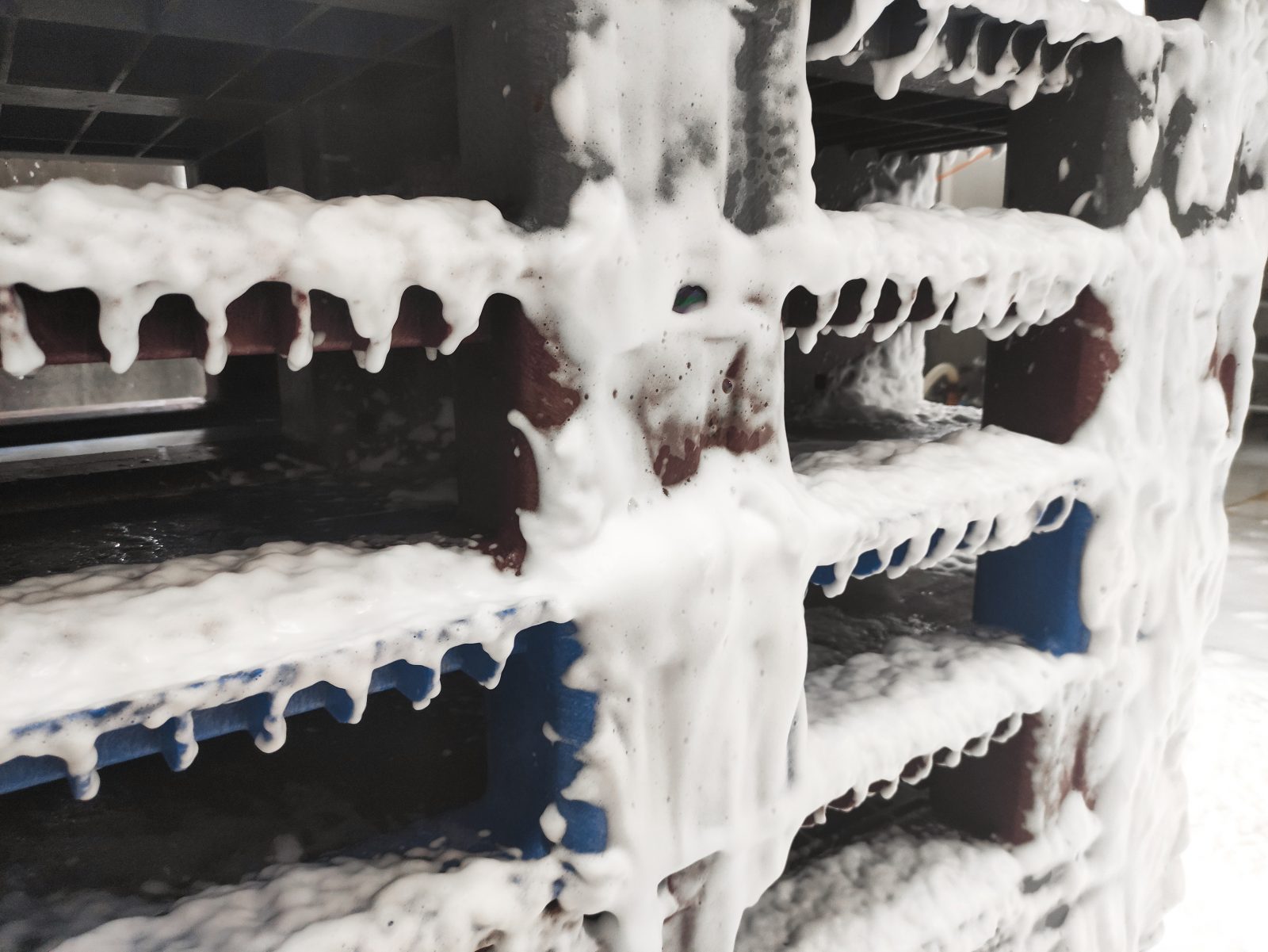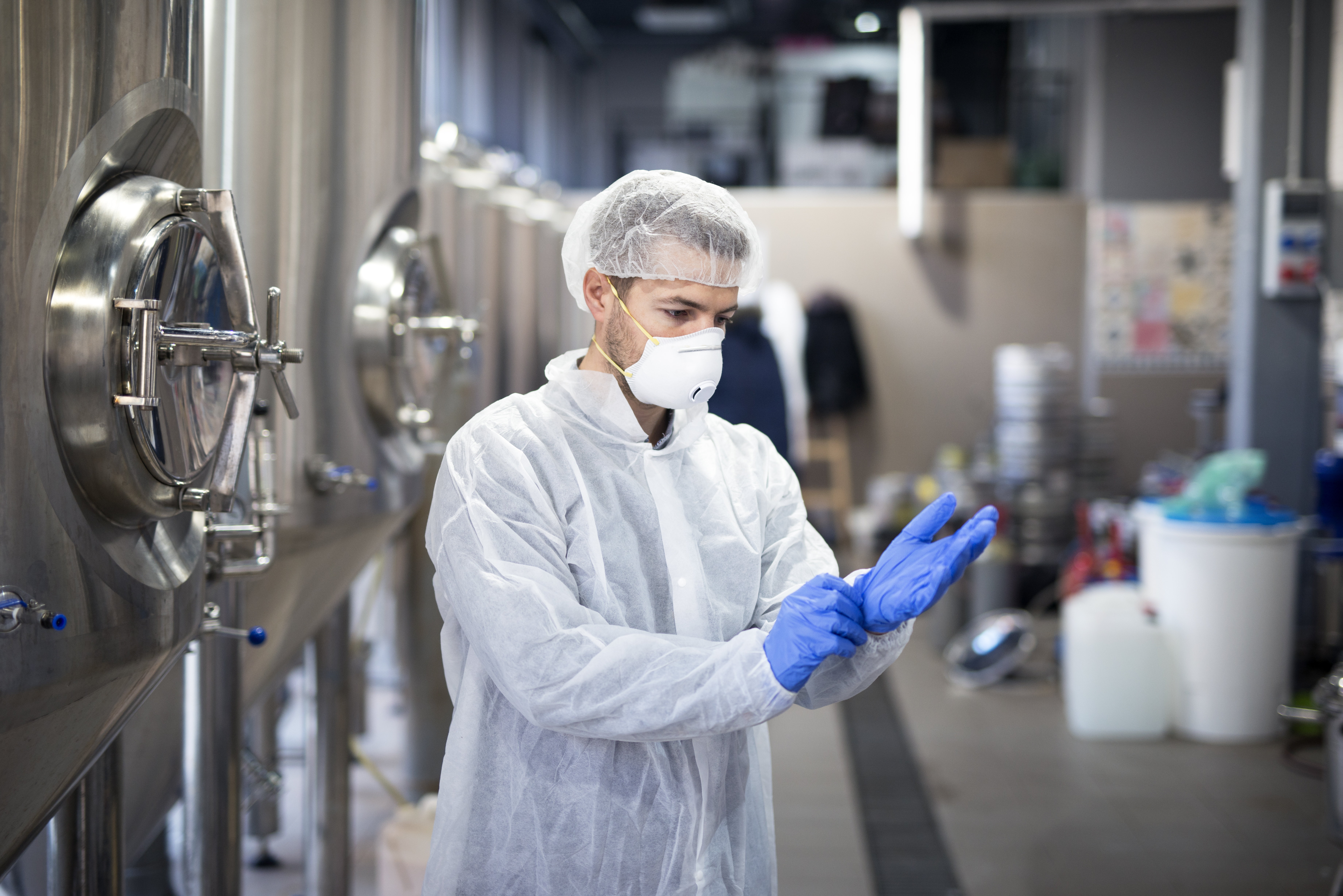The principle of operation of foam products based on the CHAS
Foams based on quaternary ammonium compounds are a powerful tool in the fight against pathogenic microorganisms. Their unique mechanism of action ensures deep cleaning and disinfection of surfaces.
Mechanism of antimicrobial action CHAS
Quaternary ammonium compounds (H) destroy the cell membranes of microorganisms. HH molecules have a positively charged structure, which allows them to be attracted to negatively charged membranes of bacteria and viruses. This leads to a violation of the integrity of the cell membrane and leakage of intracellular contents. As a result, the microorganism dies. In addition, they interfere with metabolic processes in microbial cells. This further reduces their ability to survive and reproduce. This mechanism of action is very effective against a wide range of microorganisms, including bacteria, viruses and fungi.



